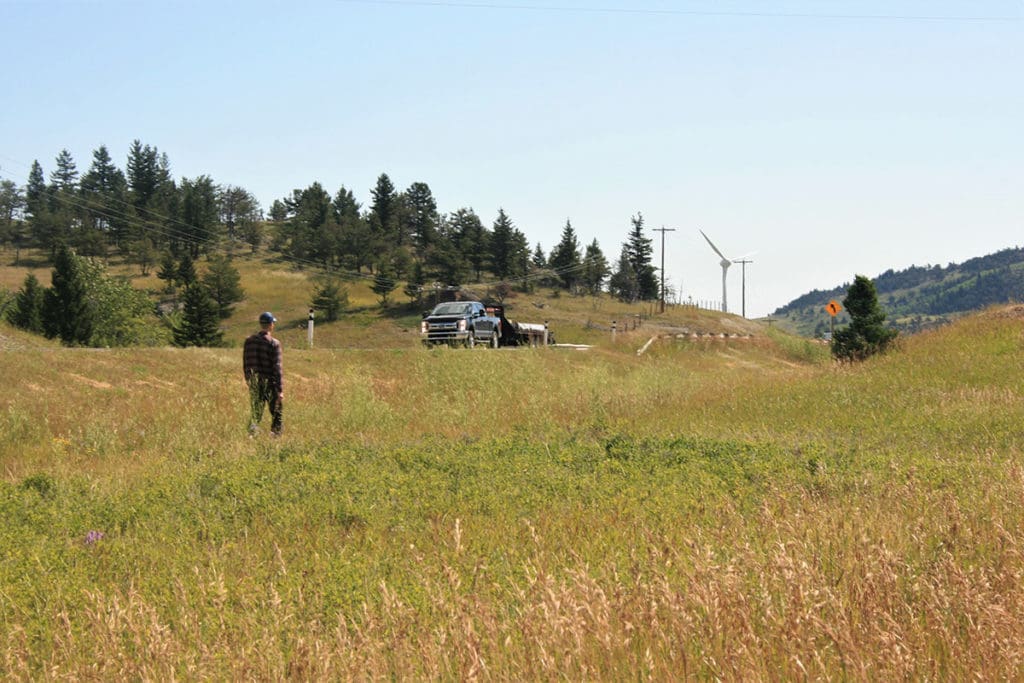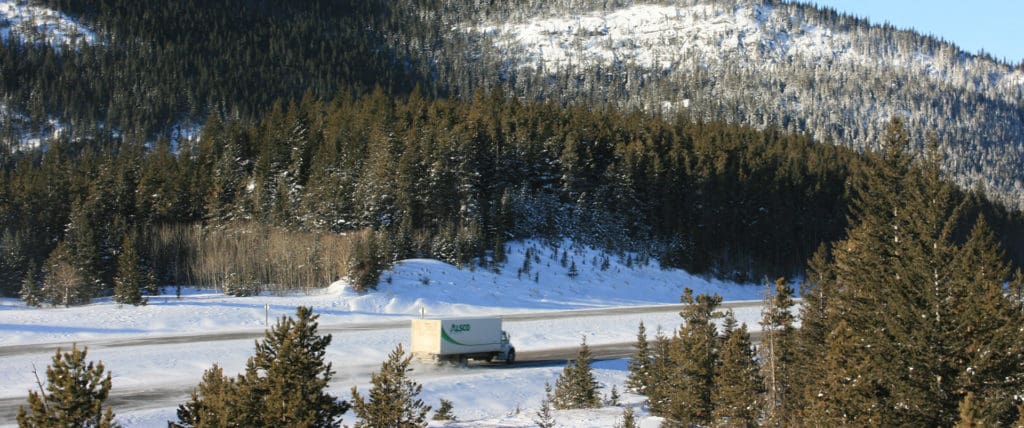Yellowstone to Yukon Conservation Initiative (Y2Y) applauds the Alberta government’s decision to advance a wildlife overpass on Highway 1 east of Canmore and a wildlife underpass on Highway 3 east of Crowsnest Pass, each with wildlife fencing.
These crossing structures in the Yellowstone to Yukon region are two of several wildlife mitigation projects planned for the province in Alberta Transportation’s 2019 Provincial Construction Program. This commitment puts the safety of wildlife and people on Alberta’s highways at the forefront, as well as wildlife habitat connectivity on a larger scale.
“We’re thrilled to see the Bow Valley Gap overpass in the provincial construction program, and we can’t wait to see elk and bears using it. The high frequency of wildlife-vehicle collisions in the Bow Valley makes this overpass the right step, right now, towards an even bigger plan for improving connections for wildlife and people in the whole valley,” says Hilary Young, senior Alberta program manager at Y2Y.
Highways present a barrier for grizzly bears, wolves, wolverines, elk and other wildlife that need to move through the landscape to access food, water, safety and mates. When wildlife species can roam the landscape, they stay connected to a bigger population, helping them thrive. Highways make it harder to move, either because individuals risk crossing and get hit by cars, or because they choose not to risk it at all.
Not only will the crossing structures help wildlife move, they’ll also contribute to drivers’ peace-of-mind when traveling to and through the Rocky Mountains.
“Even if there is not a fatality involved, injuries and the emotional trauma of hitting an animal has meaningful human impact. It’s an awful experience for anyone to go through. Given how well Banff’s crossings have worked at reducing wildlife collisions, I am encouraged that we’re investing in safer highways outside the park. What a worthwhile investment,” says Dave Cipollone, an emergency first responder in the Bow Valley and Kananaskis for the past 15 years.
Wildlife crossing structures and fencing are also cost-effective. The area between Banff East Gate and Highway 40 averages 50 wildlife-vehicle collisions each year, collectively costing Albertans roughly $720,000 annually.
One-quarter of these collisions occur in the area that will be mitigated by the Bow Valley Gap overpass and fencing, which Alberta Transportation estimates will cost $14 million. With an expected lifespan of 75 years, the overpass will pay for itself over time.

At the Rock Creek site of Highway 3 in southern Alberta, there is an average of eight wildlife-vehicle collisions annually. Collisions on the Alberta portion of Highway 3 cost an annual average of $1.4 million.
Many Albertans have weighed in over the last two years in support of building the Bow Valley Gap overpass. Y2Y has delivered 850 letters of support to Banff-Airdrie MLA Miranda Rosin, Minister of Transportation Ric McIver, and Minister of Environment and Parks Jason Nixon.
The crossing has also received formal support from local municipalities, businesses, tourism organizations, researchers and local land-users.
This overpass will be the first in Alberta outside a national park.
“We’re hopeful that the internationally-recognized success of Banff’s crossings and fencing will encourage the Province to start construction as quickly as possible. With close to 25,000 vehicles per day traveling the Trans-Canada, we’re encouraged to see the government taking action to make our roads safer for people and wildlife,” says Darren Reeder, executive director of the Banff and Lake Louise Hospitality Association.
For many years Y2Y has strongly advocated for the Highway 1 overpass and supported mitigation efforts on Highway 3 in conjunction with local partners. Both proposed crossings are based on research by the Miistakis Institute and Western Transportation Institute.
“For human safety and wildlife connectivity, there is every reason to prioritize Highway 3 for wildlife crossing structures, and Rock Creek is the perfect place to start. With Castle Parks to the south, Livingstone and Porcupine Hills to the north, and millions of dollars of conservation easements in between, highway crossing infrastructure is essential to making this landscape work again for wildlife species,” says Connie Simmons, Southern Alberta coordinator at Y2Y.
At the site for a proposed wildlife underpass and fencing on southern Alberta’s Highway 3 at Rock Creek. Credit: Adam Linnard/Yellowstone to Yukon Conservation Initiative
The Bow Valley Gap overpass design is expected to be completed by early 2020, leading to tender for construction. The Rock Creek underpass is now expected to proceed to the formal design process.
For further comment please contact:
Kelly Zenkewich, communications manager, kelly@y2y.net


